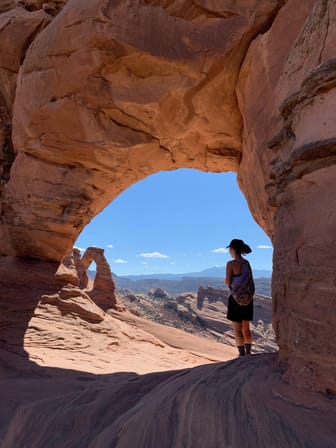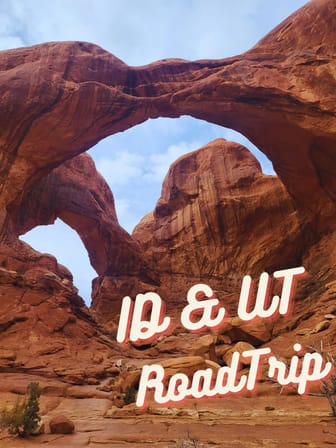Petroglyphs Panels
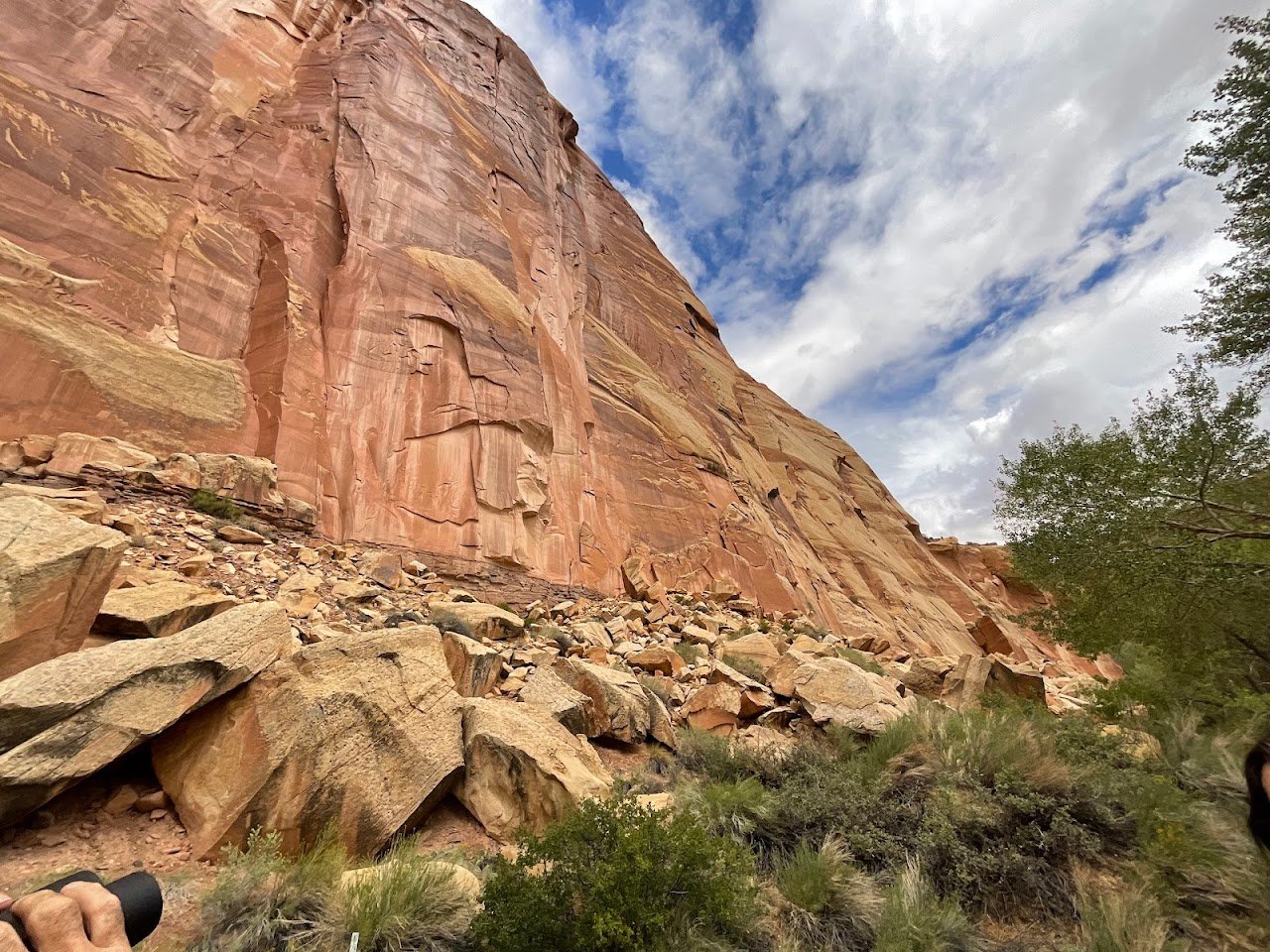
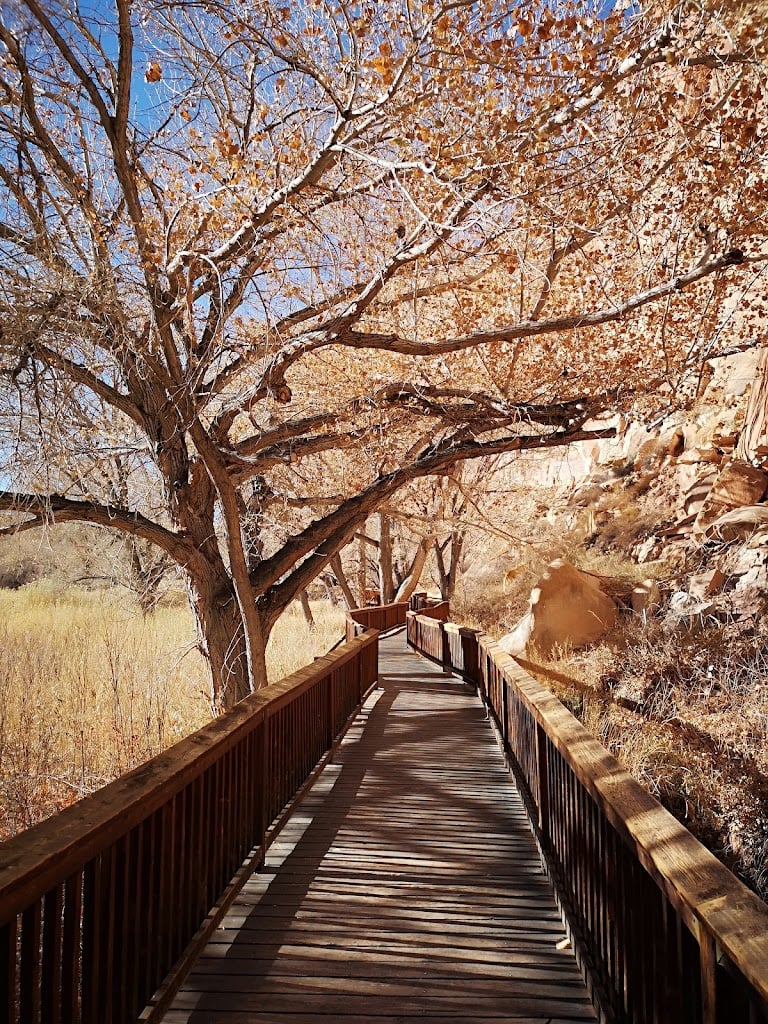
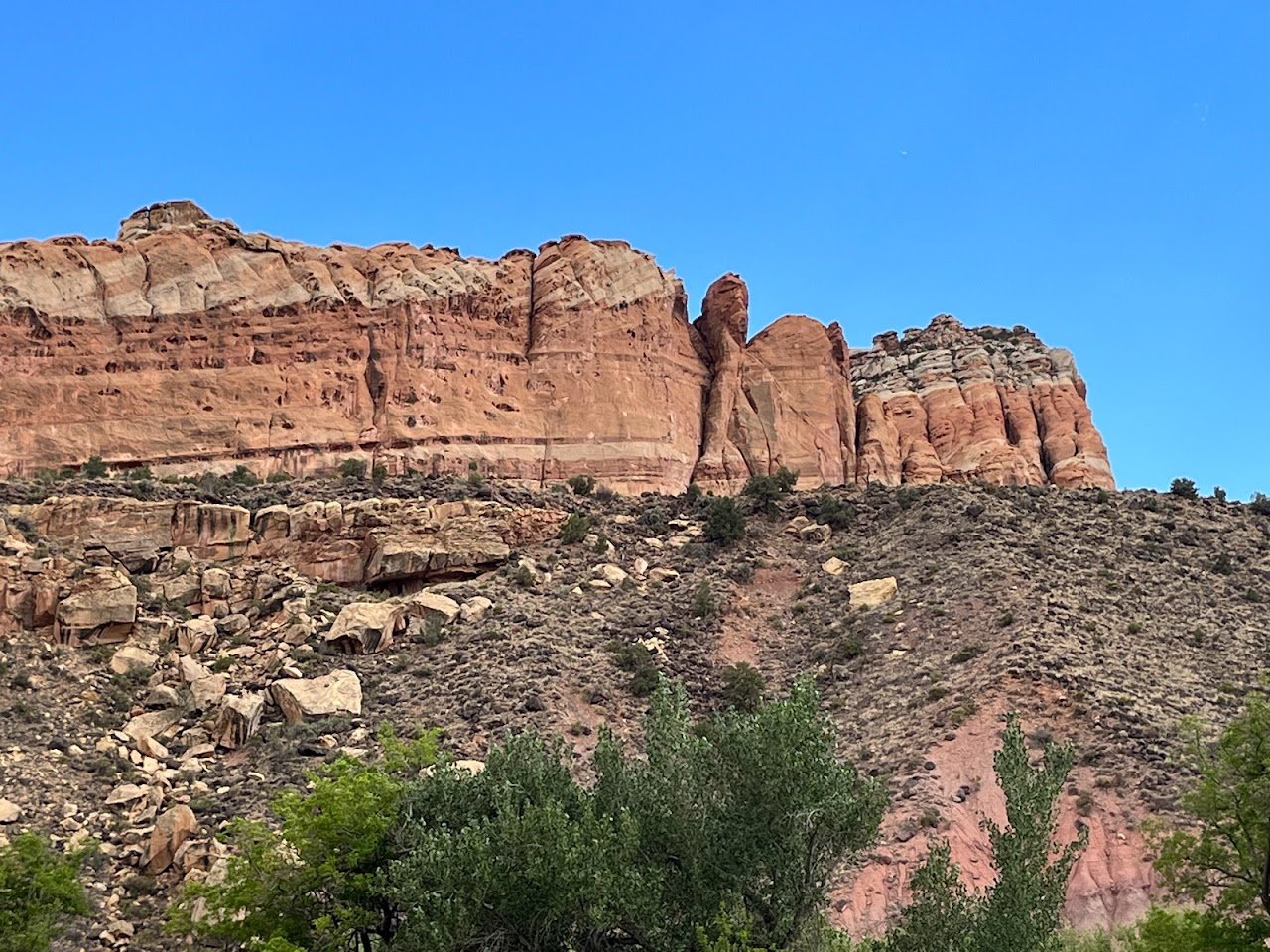


Ask ThatchGPT
Suggest a local expert to plan my trip
Suggest an unique itinerary for my United States trip
What foods do United States locals eat
What are some true hidden gems in United States
Help me brainstorm trip ideas for United States
Help me plan a family-friendly trip to United States
What people say
Trinity Hobdey
"The petroglyph panels, located off the left side of Highway 24 when driving east through Capitol Reef National Park, offer a fascinating glimpse into the ancient history and culture of the region. This was probably my boyfriend's favorite part of the whole trip. For someone who doesn't care too much for history, it can go very quickly. However, for someone who likes artifacts and historical references, you could be here for hours trying to decipher the meanings of the drawings and also how the people got to the heights they did before tractors or cranes existed. These ancient rock carvings, created by Native American peoples thousands of years ago, depict a variety of symbols, figures, and scenes that hold significance to the indigenous peoples who once inhabited the area. The panels showcase intricate designs ranging from geometric patterns to depictions of animals, human figures, and celestial bodies, providing valuable insights into the beliefs, customs, and daily life of the ancient inhabitants of the region. Visitors to Capitol Reef National Park can marvel at these remarkable petroglyphs and reflect on the rich cultural heritage preserved within the park's rugged landscapes. Additionally, the park offers interpretive signs and guided tours to help visitors better understand and appreciate the significance of these ancient rock art sites."
Read more in:
Ani Danelz
Available for hire
"Petroglyph Trail: 0.3 miles (easy)
The Fremont Culture lived in what is now Utah for about one thousand years, from 300-1300 Common Era (CE). Petroglyphs (images carved or pecked into stone) are one of the most visible aspects of their culture that remains. Archeologists named these people the Fremont Culture, for the Fremont River canyon where they were first defined as a distinct culture.
Per the NPS website, 'The Fremont Culture petroglyphs along Utah State Route 24 are accessible by two wooden boardwalks...
The shorter boardwalk provides views of large, anthropomorphic (human-like) petroglyphs, as well as bighorn sheep petroglyphs, and other animals and geometric designs. The longer boardwalk parallels the cliffs, and the petroglyphs along it are closer to the viewer, but harder to see because of a patina that has developed over them.'"
Read more in:
Sarah and Tim
"After the Scenic Drive and back on the main road through Capitol Reef National Park, be sure to stop at the Petroglyphs Panels for an impressive display of rock art from the Fremont culture. Please respect the petroglyphs by not touching or defacing the rock.
https://www.nps.gov/care/learn/historyculture/fremont-culture-petroglyphs.htm
Remove
"
Read more in:
Mentioned in these guides
About Petroglyphs Panels
Get the inside scoop on Petroglyphs Panels from local experts, travel creators, and tastemakers. Browse genuine trip notes, Petroglyphs Panels reviews, photos, travel guides, and itineraries from real travelers and plan your trip with confidence.
Address
Phone
Save this spot for later or start mapping out a new trip today
Try our AI Travel Assistant and get instant answers to any questions about your trip.
Ask ThatchGPT

